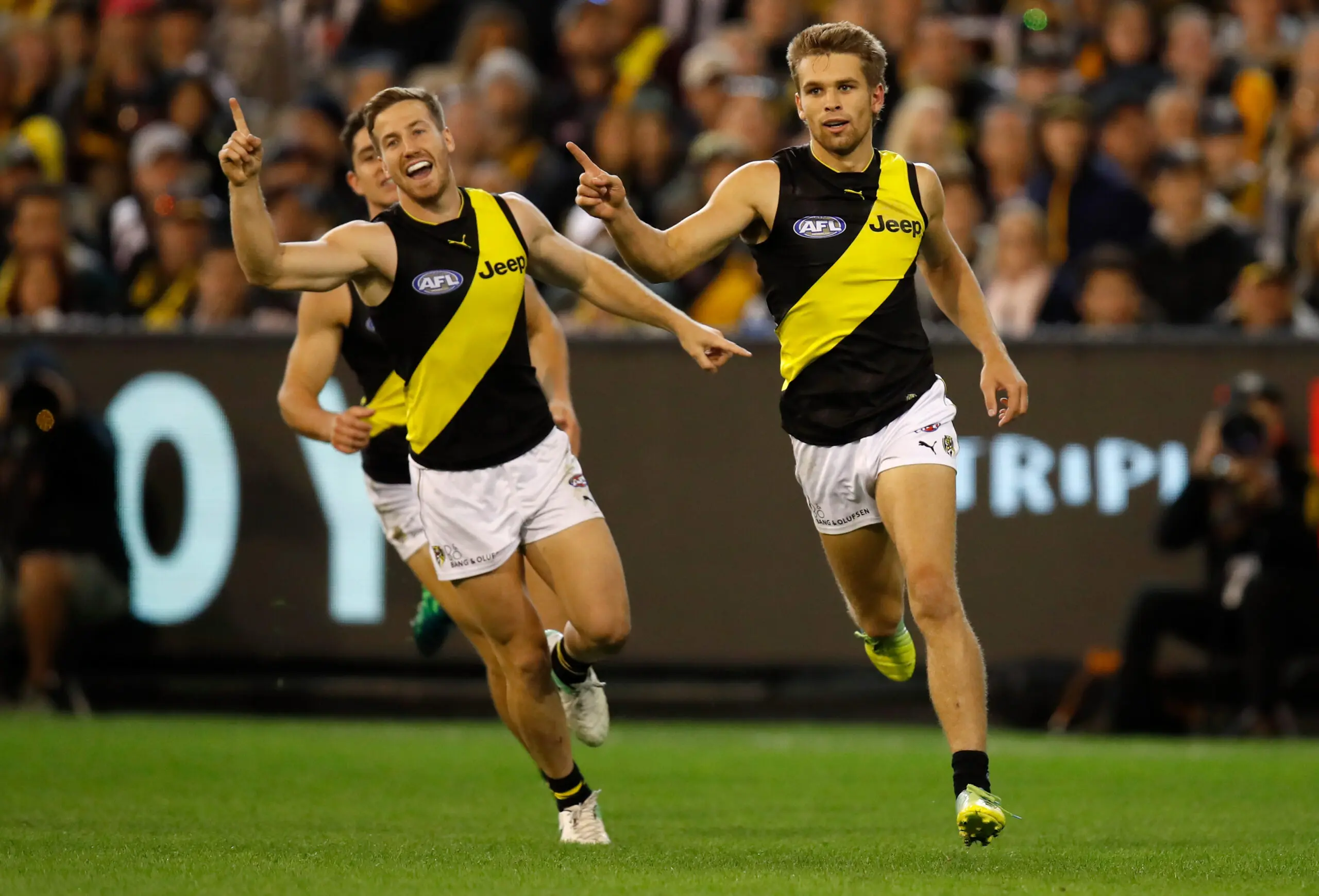From goal kickers to pressure forwards to running machines, the role of the small forward has evolved out of sight.
We've witnessed some of the best exponents of our great game stand under six feet and provide us with some of the longest highlight packages.
Hawthorn champion Cyril Rioli immediately springs to mind with his freakish aerial prowess, smart goal sense and incredible speed to hunt down an opposition player or chase a loose ball.
Collingwood's Leon Davis couldn't have kicked more goals from the boundary line if he tried, wowing rival players and fans with his skill.
Even Brisbane's Charlie Cameron does it differently, playing out of the goal square alone as his evasiveness is too much to handle.
That's the beauty of the AFL.

But the successful teams have a host of 'lesser lights' dominating game-by-game and are not being recognised for their efforts.
Through the years, the modern game has consistently asked all of its players to be able to run long distances in quick times whilst also delivering the ball effectively and efficiently.
To do so, height, or lack thereof, has proven to be a significant factor in achieving the aforementioned goal.
Former Pies coach Nathan Buckley put it simply, "The reason that the dangerous forwards are getting smaller is the game is more expansive, the ball is moving faster than it's ever moved before.
"They are asking the question of defenders that they haven't been asked for a long time
"And to have that speed in the front two-thirds of the ground is a must.
"Lumbering big fellas don't get it done anymore."
Geelong's Gryan Miers is the epitome of the new-and-improved small forward role, pushing deep into the defensive half but putting on the jets when in possession of the ball.

In 2023, Miers recorded the second-most goal assists (41) in a season, falling just shy of Brownlow Medal winner Jason Akermanis' 44 two decades ago.
So far this year, the 25-year-old is ranked elite for goal assists (1.3), score involvements (7.3), disposals (22), inside 50s (4.4) and pressure acts (22.9) as a general forward.
However, Miers is supported by Brad Close, Tyson Stengle and Ollie Dempsey while champion forward Jeremy Cameron has been given a roaming license, an attribute that has propelled Geelong to 7-0 to start 2024.
The Giants have a similar method, unearthing unfamiliar names in the same vain as Miers and his teammates.
Brent Daniels and Toby Bedford are the recognisable duo who duck into the defensive half, assist in extracting the football and bouncing out of their quicker than the opposition can say: "boo".
And now youngsters Harvey Thomas and Darcy Jones are following suit, with the latter recently debuting, displaying the qualities that get Adam Kingsley excited.
A stunning goal on debut for Darcy Jones!
And that's the best helmet we've ever seen just quietly!#AFLGiantsLions pic.twitter.com/AURqg3bUOp
— AFL (@AFL) April 25, 2024
The ability the modern-day small forward has to support the defence and through chain handballs or chip kicking, progress the ball from one end to the other with speed, is what the current game demands.
Collingwood perfected this trend in 2023, utilising Beau McCreery, Bobby Hill and Jamie Elliot as dual-role forwards.
But have we seen this trend before?
During Richmond's premiership era, then-coach Damien Hardwick revolutionised how the game was played and what each role looked like.
Lacking a genuine key forward presence aside from Jack Riewoldt, Hardwick looked elsewhere for inspiration.
Dan Butler, Jason Castanga, Daniel Rioli and Kane Lambert were the poster boys for how successful small forwards played in the contemporary world.

Flood the backline, pressure the opposition ball carrier, force a turnover and use a fleet of feet to punish on the scoreboard.
Doesn't sound too dissimilar to how Geelong and the Giants are playing now.
Or how Collingwood, Melbourne and the Cats won the last three flags.
The Demons replicated the feat, using Kysaiah Pickett, Alex Neal-Bullen, Charlie Spargo and Kade Chandler to similar effect.
Hawthorn, admittedly is at the other end of the ladder, but is looking to players like Dylan Moore, Jack Ginnivan, Nick Watson and Luke Breust to accomplish equivalent outcomes.
Adelaide uses Luke Pedlar, Izak Rankine, Josh Rachele and Lachlan Murphy in between the arcs.
Small forwards nowadays aren't just used to crumb off the "big fellas".
Reflecting on Jason Akermanis' 2002 Grand Final moment when coach Leigh Matthews explicitly said to his staff to get 'Aker' to the drop of the ball, to which he was front-and-centre of a marking contest and subsequently roved the pack, snapped over his shoulder and delivered the Lions its second consecutive flag.
Nowadays there's more to it.
And if recent years have gone anything to show by, it is how effective the fleet-of-foot players are can determine if a club is a genuine threat in the competition.






